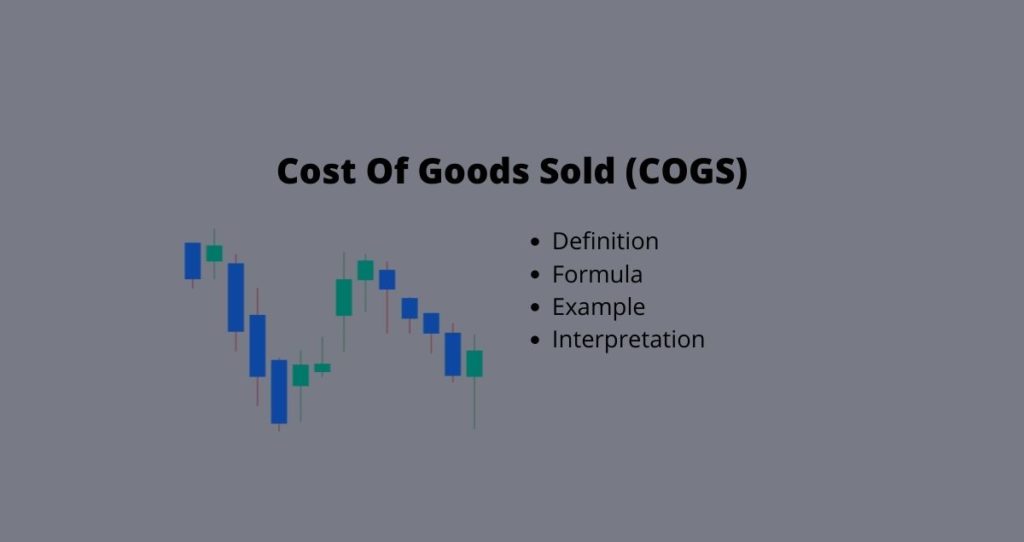What is cost of goods sold?
The cost of goods sold or COGS for short is the total cost related to the production of goods sold in a particular period of time, according to Accounting Tools. This cost includes the money a company paid to purchase raw materials, direct labor used to transform raw material into a finished product, tools, and equipment used, etc.
For example, let’s assume that a company manufactures and sells tomato sauce. The cost of goods sold, in this case, will include the cost of raw material, processing cost, labor, machinery, operations in the manufacturing plant, etc.
How to calculate the cost of goods sold?
To calculate the cost of goods sold, companies use beginning inventory, ending inventory, and additional purchases during the period in question.

Cost Of Goods Sold = Beginning Inventory + (Additional Purchases during period P) – (Ending Inventory).
According to FreshBooks, the following are some of the items to be included in cost of goods sold.
- Cost of raw materials
- Tools and equipment used
- Freight costs
- Direct labor
Example
Let’s assume that the TA company had a beginning inventory of $275,000 and an ending inventory of $125,000. During the year, the company spent an additional $50,000 on purchases. What is the cost of goods sold?
To solve this problem, we will use the following steps.
Step 1: Available data
- Beginning Inventory = $275,000
- Ending Inventory = $125,000
- Additional Purchases = $50,000
Step 2: Calculate the cost of goods sold using the above formula
Cost Of Goods Sold(COGS) = Beginning Inventory + Additional Purchases -Ending Inventory
= $275,000+$50,000 – $125,000
= $325,000 – $125,000
= $200,000
From our calculations, we can conclude that TA had the cost of goods sold of $200,000.
Why does cost of goods matter?
This ratio comes in handy when companies are evaluating their efficiency in turning inventory. Investors also use this value to assess the performance of a company.
In other words, the cost of goods sold is used to calculate the inventory turnover ratio. This ratio shows how many times a company turns its inventory in a given period. A higher ratio means that the company is efficient at turning its inventory whereas a lower ratio signals troubles.









